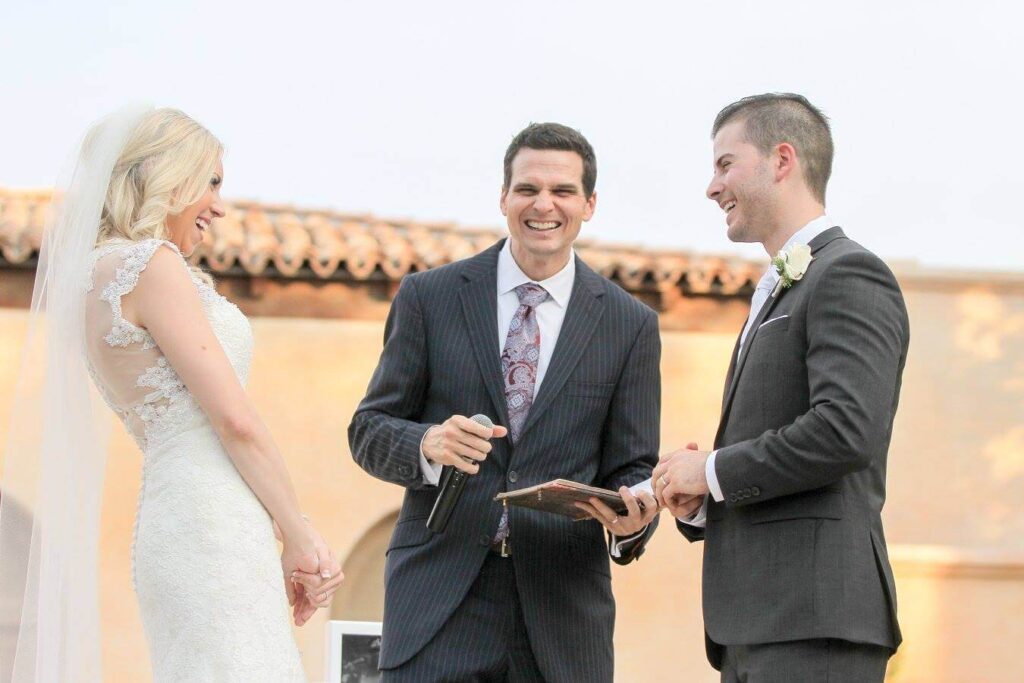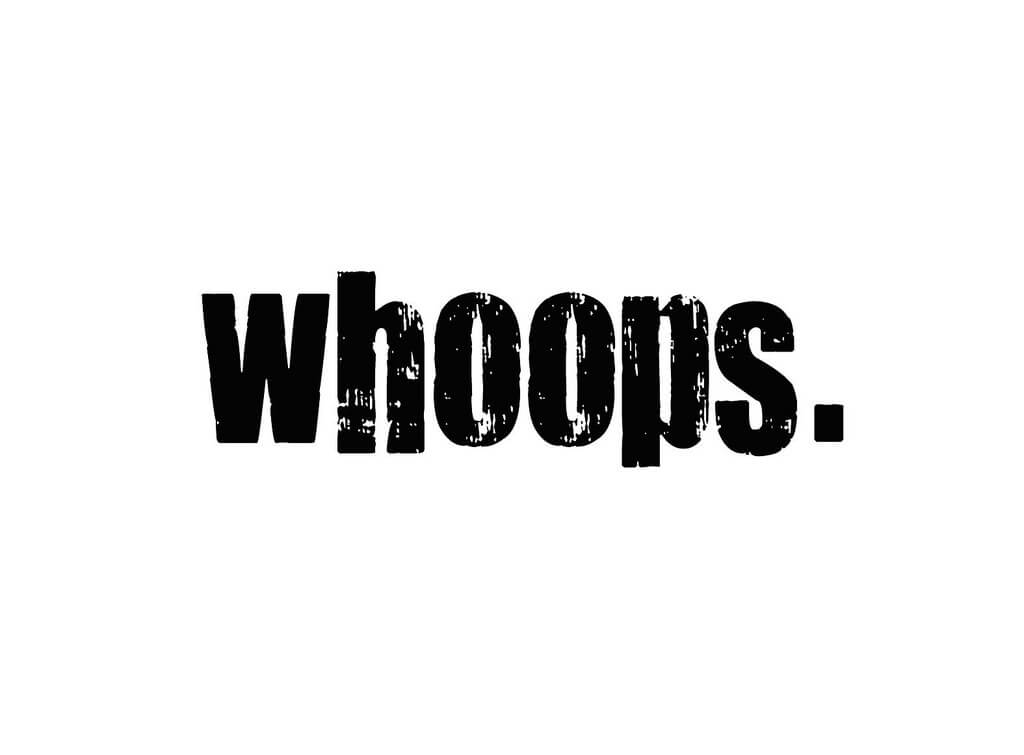How to officiate a wedding ceremony they’ll remember
Many friends who’ve gotten ordained online have reached out for help, having no idea where to start with ceremony planning. They need guidance and fast! So, I lead them through my process.
The main elements of a contemporary wedding ceremony are:
1) Welcoming Guests (thank everyone for coming and let them know how important they are)
2) Opening Commentary (speak to the couple about their relationship and marriage)
3) Reading #1 (can come from anywhere)
4) Imagery (unity candle, blending sand, letter box, champagne toast, etc)
5) Reading #2
6) Exchange of Vows (only around 10-15% of couples write their own)
7) Exchange of Rings (find a tradition that’s meaningful to the couple)
8) Reading #3
9) Pronouncement (send them off smiling!)
There’s no right or wrong way to officiate a modern wedding ceremony. I’ve found this outline to work well and naturally flow from one part of the ceremony into the next. You’ll find other formats online, but this one has worked well for me for almost eleven years and I get positive feedback from those who’ve used it.
Make sure that your couple knows that they’re welcome to add or remove readings to play with their ceremony’s length, and sometimes have more than one piece of imagery, but that the above outline works great.
Interfaith Jewish and Christian couples often light the unity candle and then stomp the glass at the very end of their ceremony as a way to honor both their religions. I had one couple who jumped the broom (African tradition) and then both stomped on a glass as their guests yelled, “Mozel Tov!” It was great fun.
I know of around 20 pieces of wedding imagery that can be used to commemorate the occasion. None of which are mandatory. They are a fun way to mix it up and keep the guest’s attention, to create a keepsake, or even to create a new tradition. Check out my article on unity ceremony ideas.
Other common wedding imagery would be ringing bells, lighting the unity candle, setting a nice bottle of wine aside for a future anniversary in a wine box, having both families come up and deposit words of advice into a letter box time capsule, sharing wine, or toasting champagne.
I’ve even officiated a wedding where the couple made a peanut butter and jelly sandwich and ate it in front of everyone during their ceremony!
My process is stress-free and fun. You can find out more about it here.
How to officiate a modern wedding
If the ceremony is not a religious ritual, I’m glad to say there’s no right or wrong way to officiate. Weddings don’t have to be somber or follow any ancient format.
If the couple wants their dog to escort their rings down the aisle, let them. If they’d like one of their grandpas to be their flower girl, awesome! People love it and it makes for great photos. If they’d like to have friends or family members come up to read during their ceremony, that’s great too.
My experience has taught me that the fewer rules I have as an officiant, the more fun couples have. I dressed up as Julius Cesar and wore a laurel and toga for one wedding and have been asked to dress like Elvis. Those are amazing life experiences to put on a resume and life is short, so I try not to take myself too seriously. I encourage you to do the same. Have fun!
Very few people get to officiate a wedding, so enjoy it.
The outline above should give you a road map to follow and feel free to check out my ceremony material to fill in the blanks.
There’s lots to know and this article just scratches the surface, so I’ve listed a few other articles worth checking out below.
Links to other resources
Who can officiate a wedding, where you’ll find the rules and links to places to get ordained.
How you’ll be judged while officiating, so don’t stare down at your book the whole time.
Wedding rehearsal guide, which will show you how to look like a pro!
Newbie ordained minister mistakes, like forgetting to ask the guests to “please rise” when the bride is walking in.



